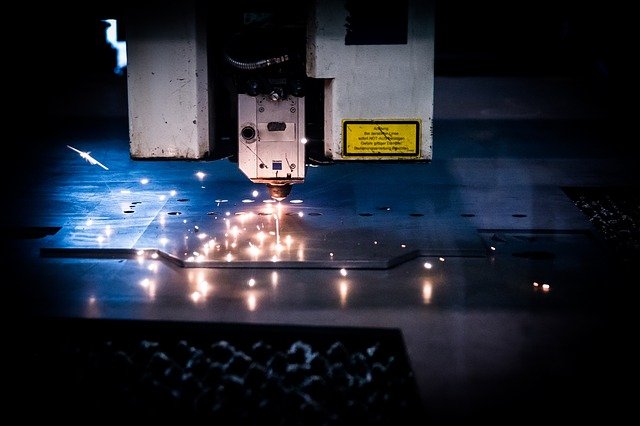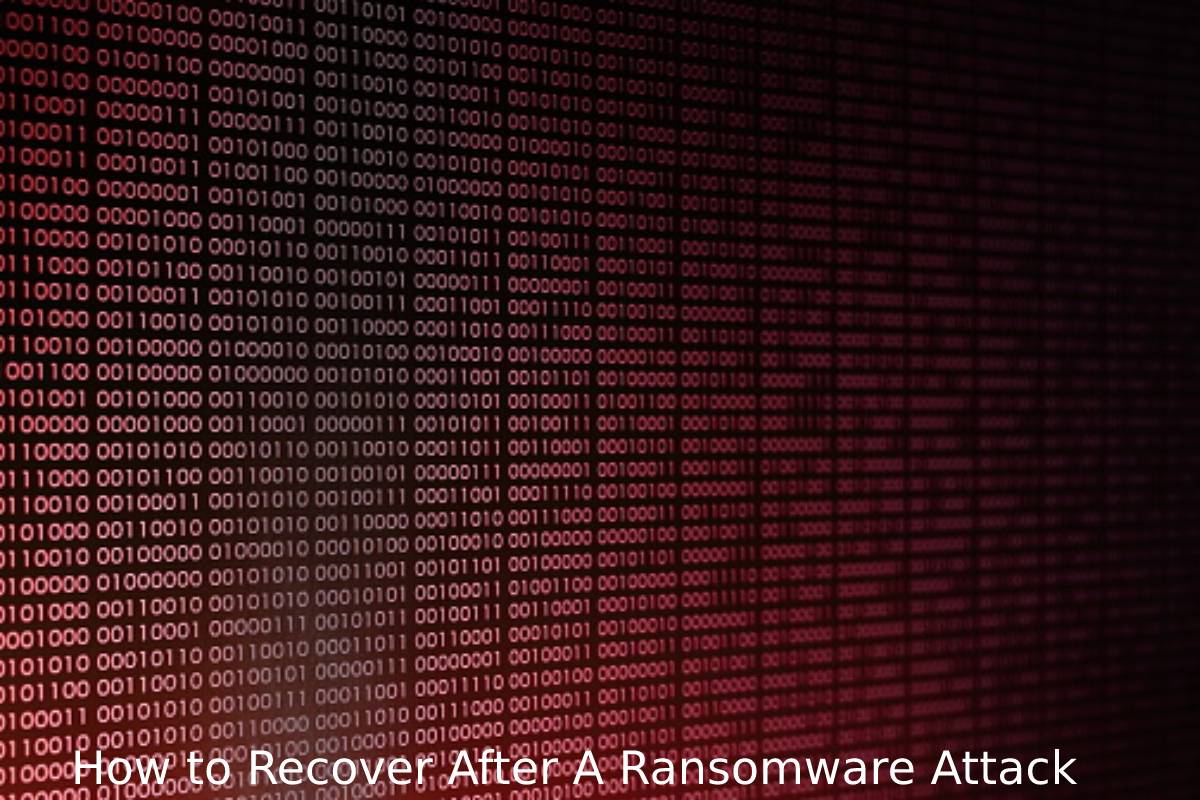Table of Contents
What is Laser Cutting?
Laser cutting is an innovative process that is contactless where high-quality materials cut through a laser direct through nozzles. This procedure is quite accurate; the laser beam guided by a mirror or fiber towards the cutting head of the machine, and the laser coming into contact with any surface causes it to melt and generate very precise cuts.
In general, the use of this technique and to carry out the separation of the excess material requires the intervention and the contribution of a gas under pressure such as oxygen, nitrogen, and argon. Concentrating a strong light source above the surface of the material is only the first stage of the cut by laser.
There are CO2 or fiber lasers and laser cutting applications vary depending on the type of laser used and the material cut, such as steel, stainless steel, plastic sheets, wood, aluminum and cardboard; They also vary by the thickness of the sheets to be cut. Which can range from 0.5 to 30mm and because they are so thin they do not deform, since a machine guides the laser on the material and the desired type of cut is traced.
What Is The Utility Scope Of Laser Cutting
The applications of the laser are infinite thanks to its excellent versatility. Where it can applied to cutting in the metal industry for high precision cuts, in the textile industry in cutting patterns, models, and molds. In architectural models, where details taken care of, for the manufacture of chassis, engine parts, or automobile details.
Also, laser cuts made on pieces like mugs, keys, motherboards, glass, acrylic, vinyl, rubber, fabric, and even leather. Even when the laser thermally affects the composition and integrity of the materials. Under correct graduation, the possibility of leaving excess or burrs eliminated. Added to the preference of working on opaque and unpolished surfaces. Since they reflect less light during the process. principal.
Advantages Of Laser Cutting
Under its precision and functionality, applications of the cut by laser are positive for growth in manufacturing methods, because traditional modes of production are supplanting. The great thing about laser is how dynamic. It becomes when it comes to having a design and the quantities that produced.
On the other hand, laser applications allow meticulous silhouette adjustments according to cutting needs, since the previous cut. And the subsequent cut of the excess material, develop more complex jobs. All this add to the fact that this process does not need to have cutting dies. Likewise, its robotic drive guarantees to maintain a constant distance between the electrode and the outer surface of the part to intervened.
A contrast of conventional cutting process materials where there are restrictions regarding certain measures. The cutting by laser allows accuracy depending on the position. But the quality of results, obtaining sharp and thin edges parts, smooth and clean. And saving material and increasing production speed.
However, despite the great development and acceptance that laser cutting and applications have had. There are disadvantages to consider by regular customers: mainly, the high and necessary investment in specialized machinery. The difficulties that may arise during cutting in cases insofar as the material is a considerable heat conductor.



